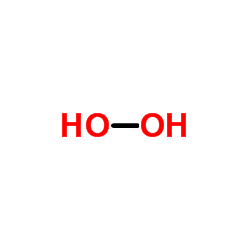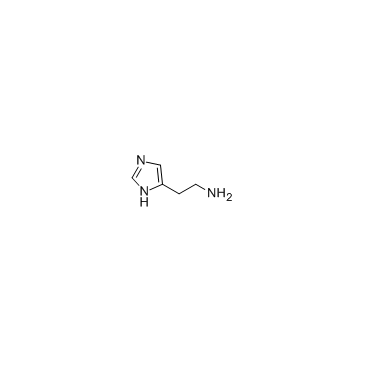| Structure | Name/CAS No. | Articles |
|---|---|---|
 |
Sulfuric acid
CAS:7664-93-9 |
|
 |
Hydrogen peroxide
CAS:7722-84-1 |
|
 |
2,4-Dinitrophenol
CAS:51-28-5 |
|
 |
Histamine
CAS:51-45-6 |